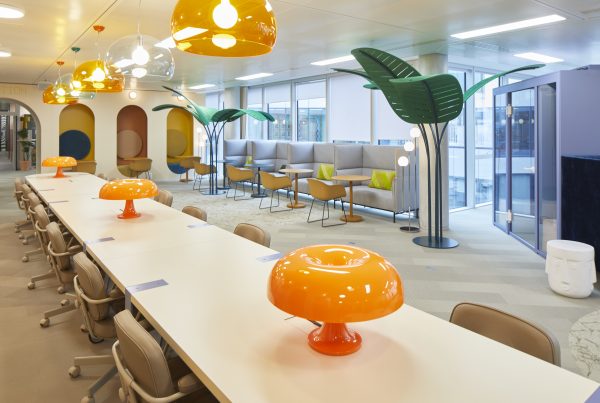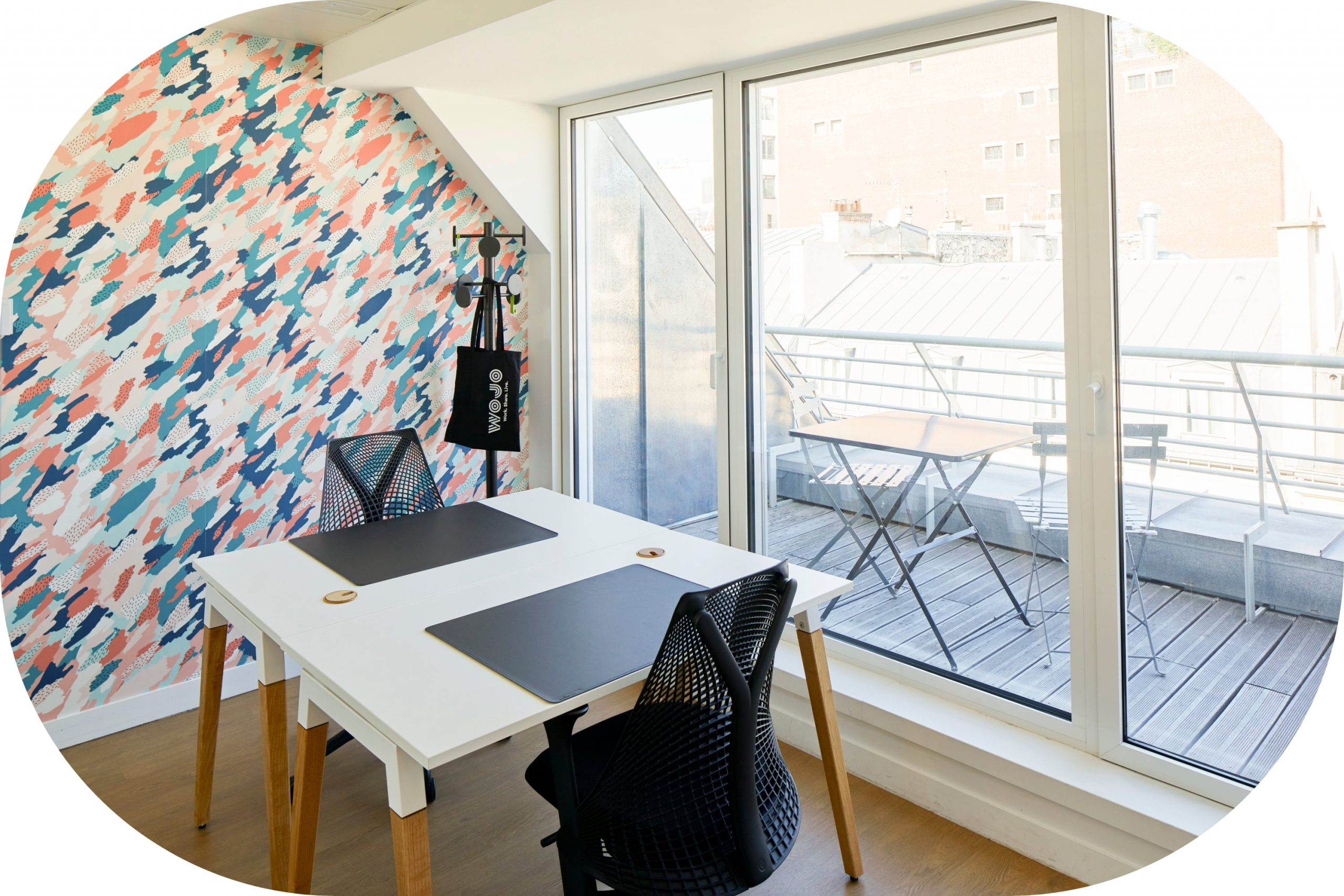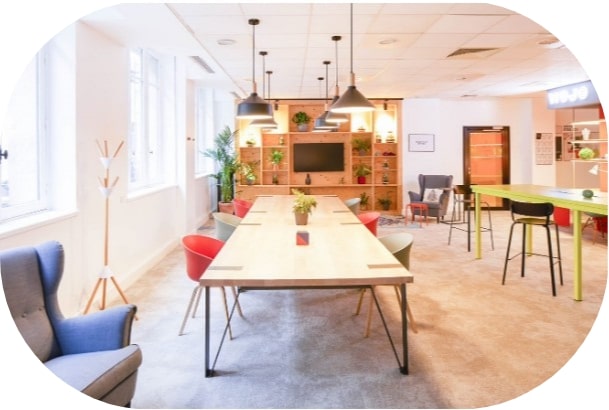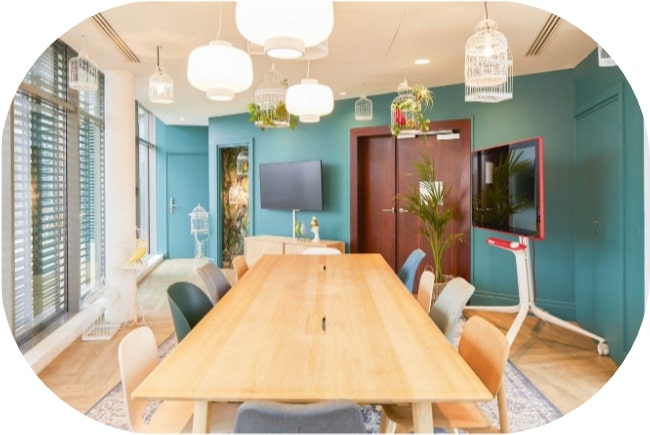While the health context weighs on the morale of employees, the social distance imposed in the office complicates professional relations that have already been severely damaged by months of video-conference meetings. This physical distance is intended to protect us, but some people find it difficult to comply with the barrier gestures and health instructions. HR managers, company directors, and even colleagues… how can we discuss these issues in a tactful manner, which are essential to everyone’s well-being?
Somehow, wearing masks, hydro-alcohol gel, signs to organise movement in the office… all these new ingredients that have been spicing up our working lives since March 2020 have more or less become part of our routine.
However, not all employees have the same level of consideration for these matters. Whether they are tired, negligent or exasperated, they apply these instructions in an imperfect manner, which can generate stress among other employees. So how can these situations be managed in a pedagogical way to ensure the safety and well-being of everyone at work, without having to resort to a possible sanction?
Maintain regular communication
Over time, it is normal for habits to take over, and vigilance can be relaxed. The company must therefore continue to communicate on the importance of respecting barrier gestures and social distancing, without being anxiety-provoking. This involves signage, of course, which should be refreshed if some stickers or posters start to come off since the spring.
You can also send a regular update (weekly or fortnightly) on the situation in your company, highlighting, for example, the absence of internal contamination to encourage employees to maintain their efforts.
Be creative and add a touch of humour to make this communication attractive!
Although all companies are required to guarantee a minimum of 4 square meters per employee at their workstation, living spaces are the weakest point in the office health barrier. We take off our masks to have a coffee, we linger to check on a colleague we are happy to see in the flesh, we sit down, sometimes forgetting the two-metre distance we have to maintain when we take off our masks… And we really need this social link! So how do we go about it?
The layout of the spaces should help employees to find a sense of conviviality… while keeping their distance. In the cafeteria area, remove chairs to encourage guests to space out, and place markers on the tables: prefer personalization to large standard “stop covid” tape, efficiency does not preclude humour or design!
If you have a relaxation area, move sofas and armchairs away from the room and place visible marks on the floor to show where they should stay: also play with pots of green plants, lamp posts or any other furniture that can contribute to keeping us apart. Remove coffee tables that invite you to get closer. On the coffee machine, remember that the mask only goes down for one sip.
Read also: Office furniture for the new business challenges
Encourage dialogue on health guidelines
Mask worn under the nose, hand disinfection forgotten when arriving in the premises, coffee break a little too close together? When faced with certain types of resistance, the best option remains dialogue. Talk to the employee to understand his or her reluctance to comply with the barrier gestures. Fogging up their glasses, difficulty breathing, general irritation caused by the health crisis… listen to their problems and work together to find lasting solutions for them and the company. Remind him/her that you are acting in this way for his/her health and safety, as well as that of the other employees: solidarity and a collective spirit are essential to stay the course!
Offering alternatives
Depending on the health regulations of the moment and the type of jobs in your company, teleworking remains the best option for social distancing. But working from home has shown its limits, and some employees prefer to come to the office to find human contact rather than remain isolated.
Offering teams the opportunity to work in a shared workspace or a private office close to home (and respecting barrier gestures) will provide a welcome break. These places offer a secure environment, without giving up the conviviality that we all need so much. There are low-cost subscriptions and offers designed for companies that wish to offer this possibility to their teams!
Stress to mansocial distancingagers the importance of setting an example and ensuring that social distance and health rules are respected within their team. They are in the best position to ensure that everyone feels safe and comfortable in the office on a daily basis, without tension around these issues.
If they perceive a point of tension to which they have no answer, invite them to raise it with human resources and/or management, depending on the structure of the company, to find solutions together. Faced with this unprecedented and prolonged situation that we are experiencing, collective intelligence is more than ever an ally in federating energies towards the same objective.







